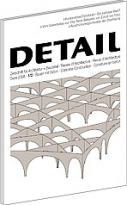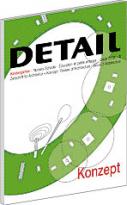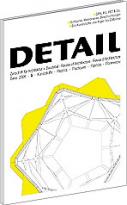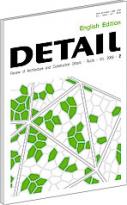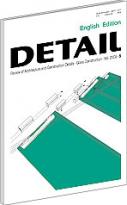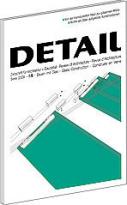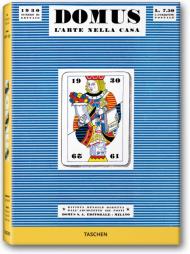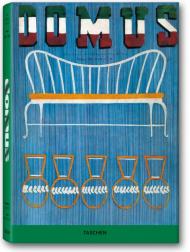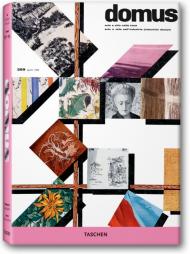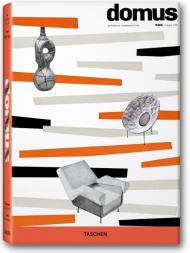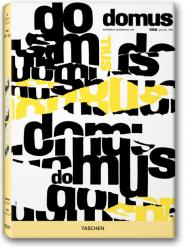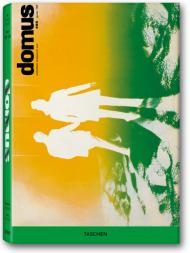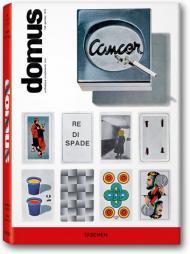Fulvio Irace, Luigi Spinelli
ID:
4332
domus - The quintessential works of Modernism
Volume I - 1928–1939
For over eight decades domus has been the world's most influential architecture and design journal. Founded in 1928 by the great Milanese architect Gio Ponti, it has consistently highlighted the characteristic styles of each age, from Art Deco, Modernism, Functionalism, to Pop, Postmodernism and Late Modern. Beautifully designed and documented, domus presents the most exciting projects from around the world.
Each volume of TASCHEN's domus reprint collection reproduces a selection of the magazine's original pages, packed with articles tracing the history of modern design and architecture. Available as 12 separate volumes covering 1928-1999, this series is a major publishing event and a must-have item for design and architecture institutions and practices, architects, designers, students, and anyone who loves design.
1928–1939: Birth of the International Style
The International Style of the late '20s and '30s was defined by groundbreaking buildings, interiors and furniture by Le Corbusier, Mies van der Rohe, Marcel Breuer, Robert Mallett-Stevens, Alvar Aalto, and Richard Neutra. The Italian avant-garde, including Giuseppe Terragni, Carlo Mollino, Gio Ponti, Melchiorre Bega, Franco Albini or Studio BBPR, were also central in the formative decade of Modernism. Tubular furniture, glass works by Venini and Fontana Arte, and industrial design are featured, alongside American skyscrapers and office interiors.
